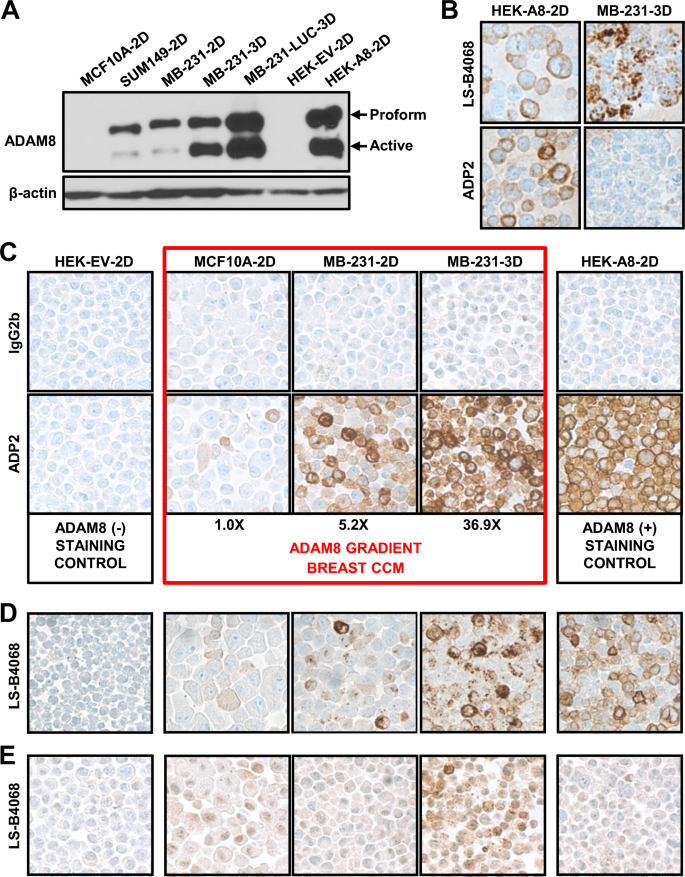2024-01-10 カリフォルニア大学サンディエゴ校(UCSD)
◆この手法は、胚の形態学的特徴を視覚的に確認するか、胚から生検を行う従来の方法に比べ、非侵襲的かつ効果的な予測手法となり得るとされています。しかし、臨床での実用化にはさらなる研究が必要です。
<関連情報>
- https://today.ucsd.edu/story/noninvasive-test-for-embryo-quality-could-streamline-fertility-treatment
- https://www.sciencedirect.com/science/article/pii/S2666979X23003087?via%3Dihub
ヒト着床前発生の時間的細胞外トランスクリプトーム・アトラス A temporal extracellular transcriptome atlas of human pre-implantation development
Qiuyang Wu, Zixu Zhou, Zhangming Yan, Megan Connel, Gabriel Garzo, Analisa Yeo, Wei Zhang, H. Irene Su, Sheng Zhong
Cell Genomics Published: January 10, 2024
DOI:https://doi.org/10.1016/j.xgen.2023.100464
Highlights
•A non-invasive method for sequencing exRNA from IVF embryo culture media
•A TETA of human pre-implantation development
•exRNA panels correlated with developmental arrest and embryo quality
•A machine-learning model to evaluate embryo quality based on exRNA levels
Summary
Non-invasively evaluating gene expression products in human pre-implantation embryos remains a significant challenge. Here, we develop a non-invasive method for comprehensive characterization of the extracellular RNAs (exRNAs) in a single droplet of spent media that was used to culture human in vitro fertilization embryos. We generate the temporal extracellular transcriptome atlas (TETA) of human pre-implantation development. TETA consists of 245 exRNA sequencing datasets for five developmental stages. These data reveal approximately 4,000 exRNAs at each stage. The exRNAs of the developmentally arrested embryos are enriched with the genes involved in negative regulation of the cell cycle, revealing an exRNA signature of developmental arrest. Furthermore, a machine-learning model can approximate the morphology-based rating of embryo quality based on the exRNA levels. These data reveal the widespread presence of coding gene-derived exRNAs at every stage of human pre-implantation development, and these exRNAs provide rich information on the physiology of the embryo.
Graphical abstract



